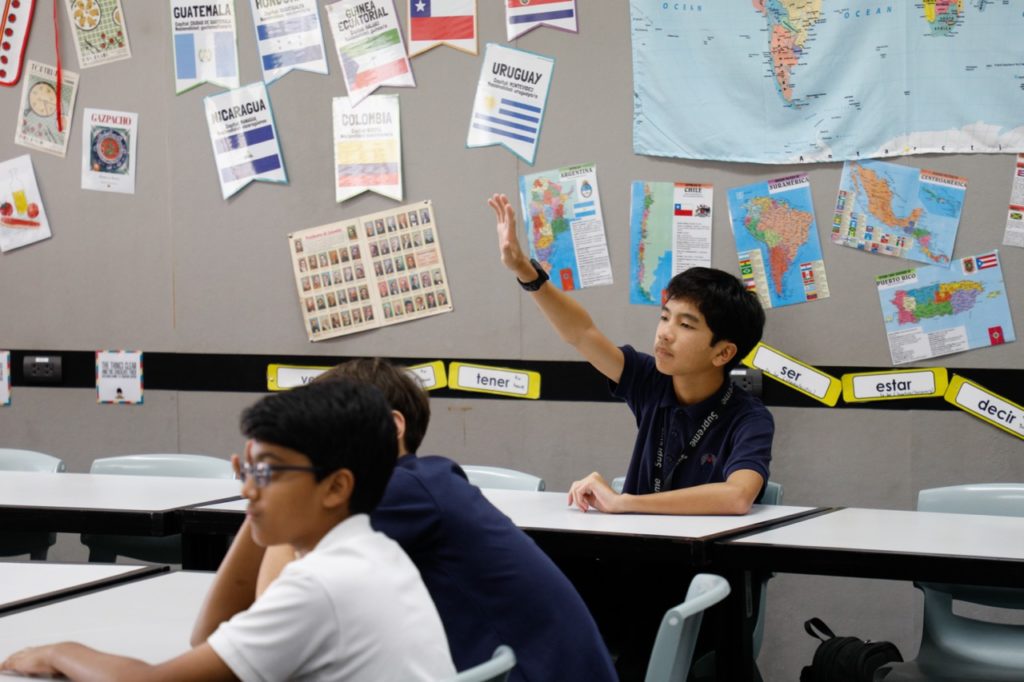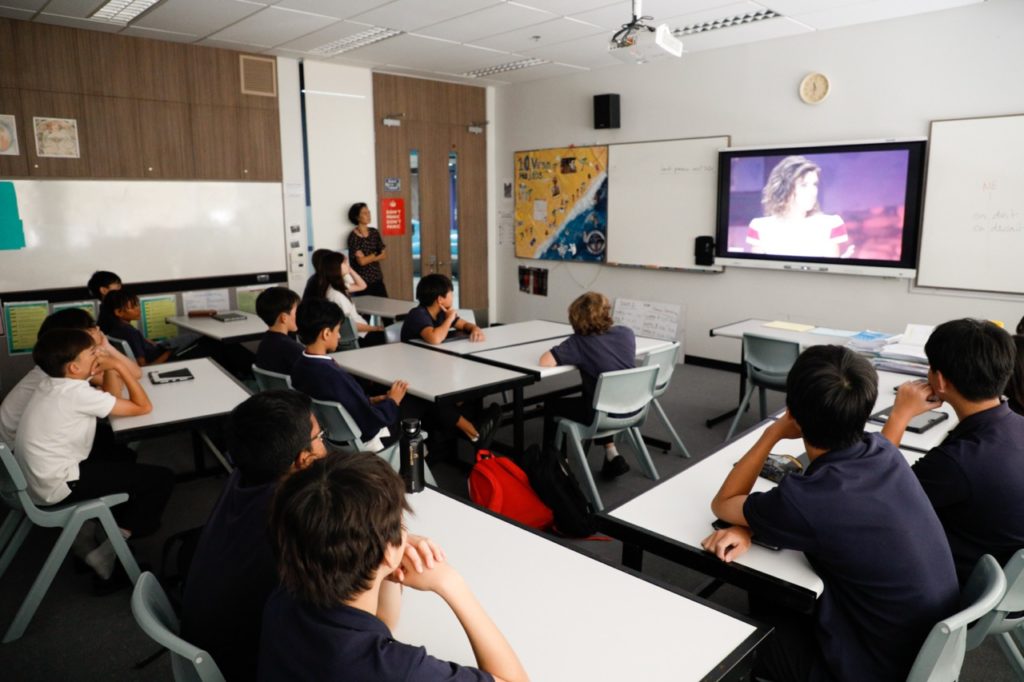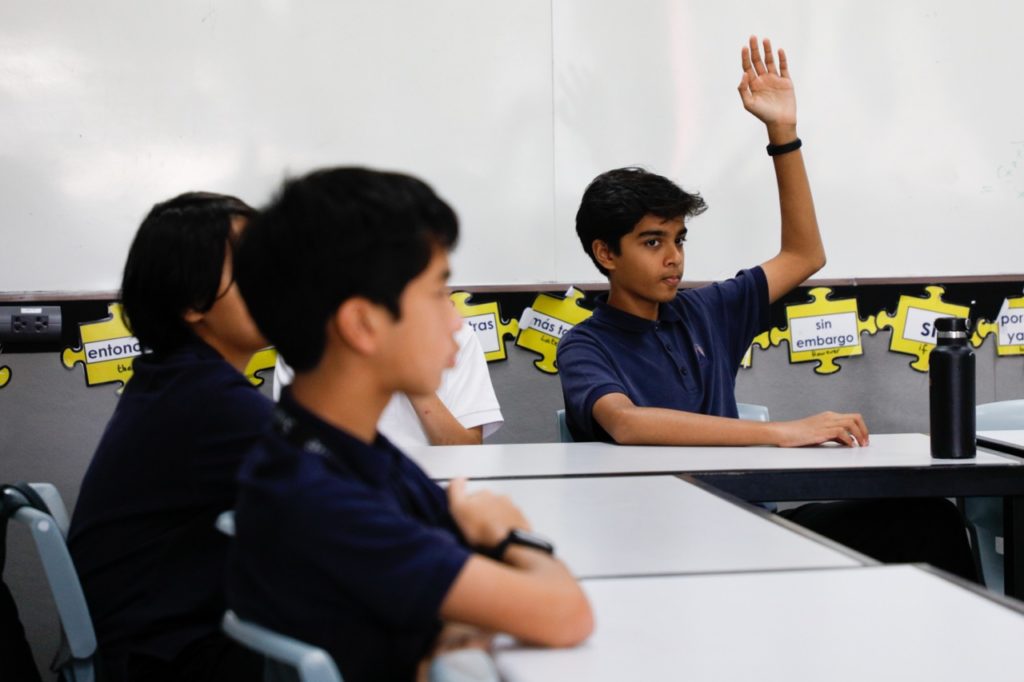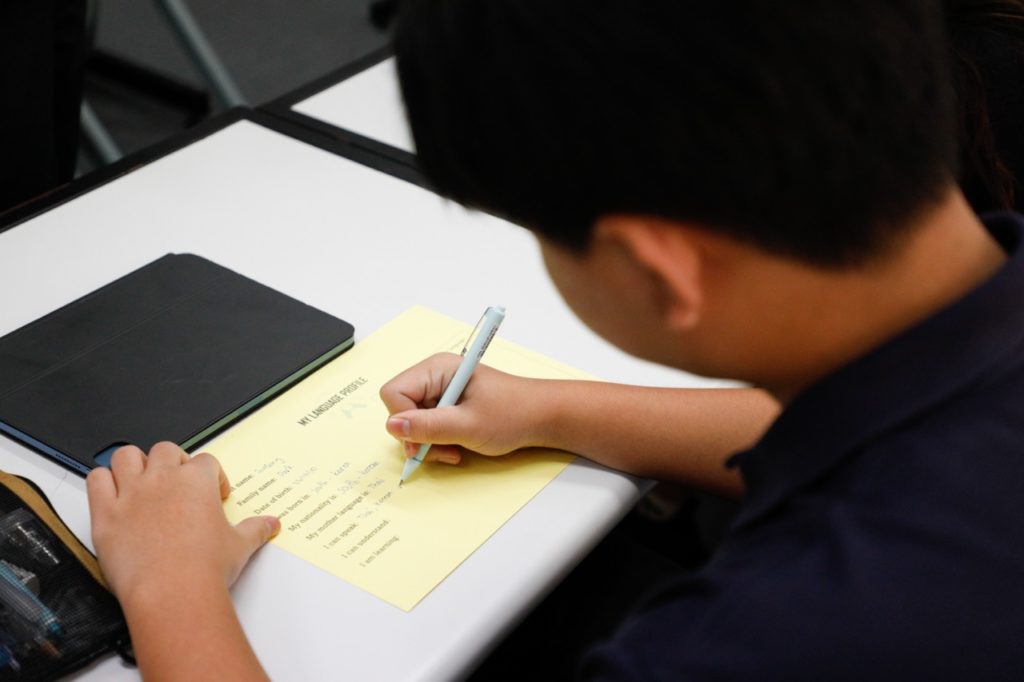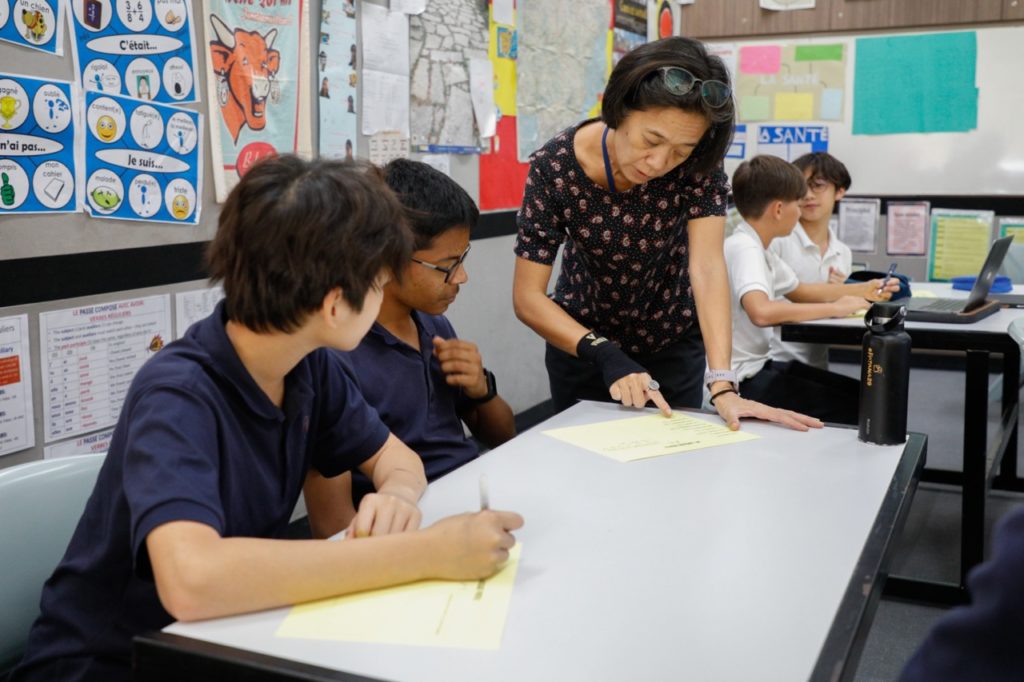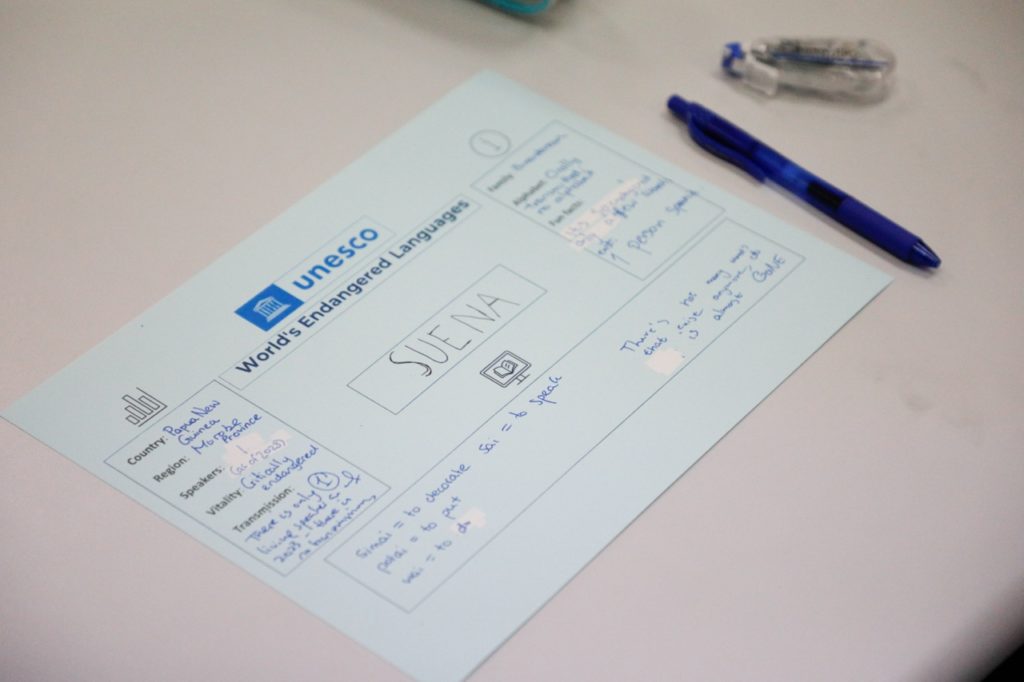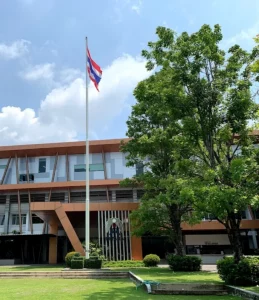
Endangered World Languages
How well do you know your Mother Language?
Year 8 students had a reality check as they learned about the endangered languages of the world. Continuing on from International Mother Language day, the Secondary World Languages Faculty explained the importance of linguistic preservation, emphasising the imperative of embracing one’s native tongue.
Matthias Tan, 8T and Aaryan Nair, 8S reflected on their learning. “International Mother Language Day is important, as it allows us to celebrate other cultures and embrace diversity. This week, in our MFL1 lessons, we’ve been celebrating International Mother Language Day, by researching and exploring endangered languages, such as the Ainu language of Hokkaido, the Sanskrit language of India, the Fabla language of northern Spain, and more! Several languages have gone extinct, because of cultural assimilation with foreign cultures and nations, a lack of speakers and countless other reasons. If we celebrate different cultures and learn new languages, we can remove the chance of languages going extinct. As of today, 573 languages that we know have met their end. However, the situation is even more catastrophic, as it is estimated that, by the end of this century, as many as 50% of the world’s 7,000 languages may go extinct.”
In the world of languages, we need to take care of them like precious treasures. By celebrating diverse cultures and learning new languages, we can protect these threads and keep the tapestry vibrant. Let’s be language custodians, ensuring that the rich fabric of human expression continues for generations to come.
